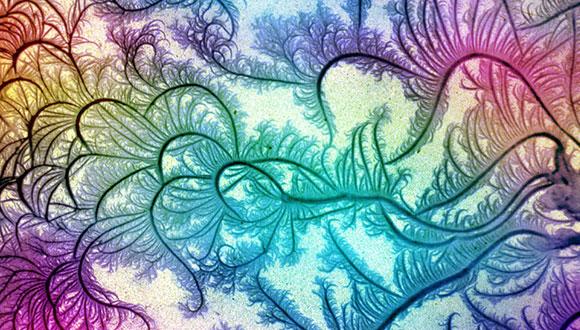Condensed Matter Seminar: Phase transitions in membranes and gels, and their potential function in living cells
Matan Mussel, NIH/NICHD
Abstract:
Soft matter systems offer a useful framework to study minimal models for living cells, helping to explain and quantify various aspects of biological functions in terms of macroscopic variables, symmetries, and universal properties. In this talk I will describe two such materials with particular focus on phenomena that arise when the system is near a phase transition. In the first part, I will describe a theoretical model of sound in lipid membranes near phase transition that corresponds to observations of nonlinear sound pulses in lipid monolayers as well as action potentials in living cells. Key properties are sigmoidal response to stimulation amplitude, and annihilation upon collision. I will explain the role of the phase diagram in producing the nonlinear properties and how sound in lipid membranes propagates thermal, electrical, and chemical variations in addition to the well-known mechanical changes. In the second part of the talk, I will describe a volume phase transition induced by the exchange of mono- and divalent cations in a polyelectrolyte hydrogel model. Ion-exchange and volume phase transition play a key role in several physiological functions where biopolymers are exposed to both mono- and multivalent counterions. These functions include, for instance, the packaging of DNA, and the storage and release of cell secretory products. Our observations suggest that although the state diagram of the model system depends on many parameters of the gel and surrounding fluid, the volume phase transition exhibits universal properties. Osmotic swelling pressure measurements further reveal that both the second and third virial coefficients decrease with increasing divalent cation concentration until the volume transition is reached.
Event Organizer: Prof. Eran Sela


